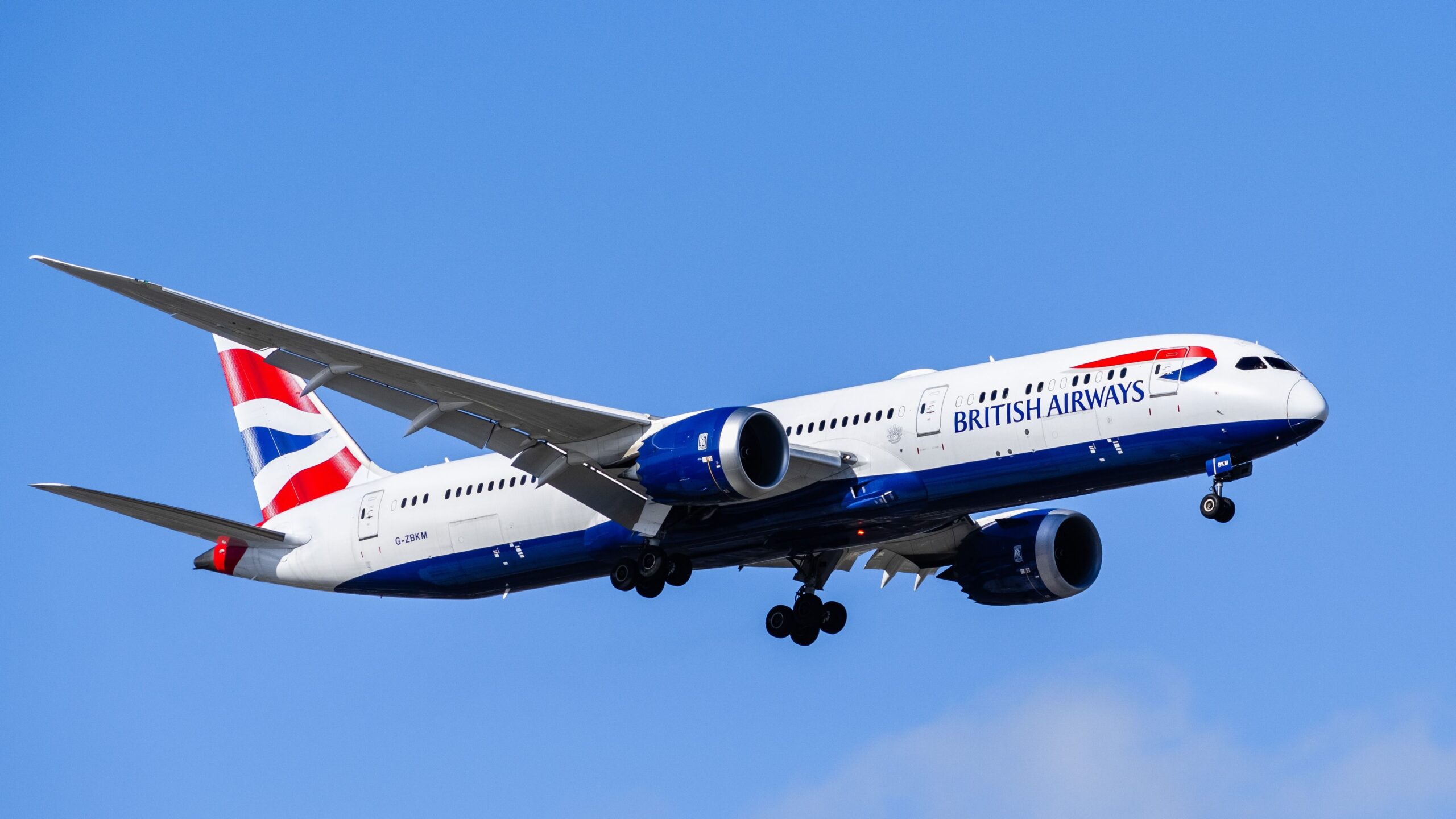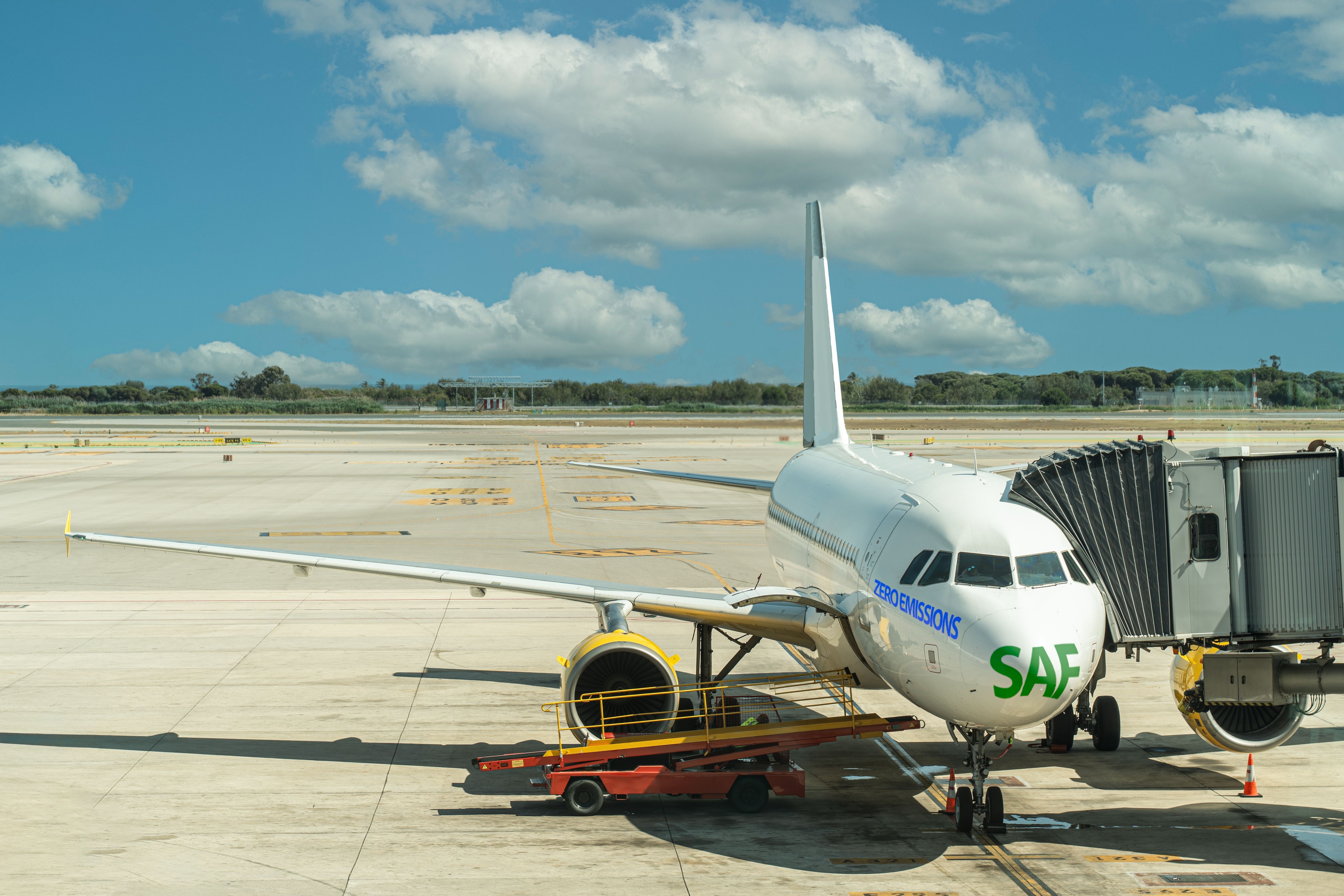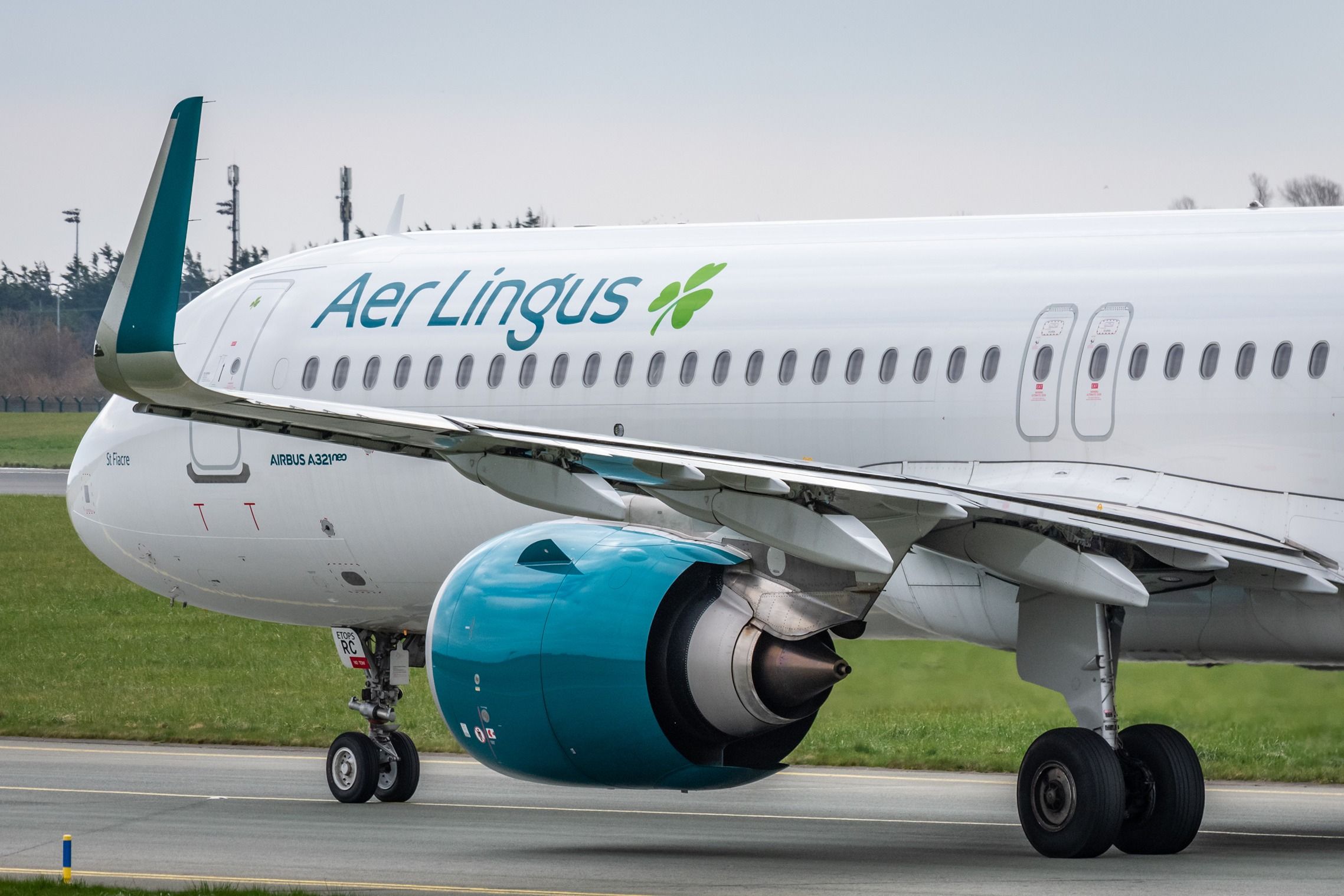Summary
- Sustainable aviation fuel (SAF) could significantly increase ticket prices.
- IAG aims to use 10% of SAF in flights by 2030.
- IAG invested $1 billion in SAF to reach net-zero carbon emissions by 2050.
Over recent years, flying has become more expensive. Both legacy carriers and low-cost airlines have increased their ticket prices. However, this might not be the end of increasing ticket prices. In an interview at the Farnborough Airshow’s Airline Leader Summit 2024, International Airlines Group (IAG) chief executive officer Luis Gallego explained why flying could become even more expensive.
Clean fuel could increase costs
When discussing the rising cost of flying, Luis Gallego indicated that sustainable aviation fuel (SAF) could become a key factor in significantly increasing ticket prices.
Photo: Ivan Marc | Shutterstock
According to Gallego, there are currently few SAF plants in the UK and Europe. The main reason for the lack of investment in European plants is the need for a revenue certainty mechanism. As a result, most of the SAF is being imported from the United States.
“We are importing SAF from the United States because we want to comply with the objectives that we established in the past. For example, in the case of IAG, we said that in 2030 we are going to use 10% of SAF in our flights. So for that, we need SAF.”
According to the IAG CEO, sustainable aviation fuel (SAF) available right now is very expensive. IAG, the owner of British Airways, Aer Lingus, Iberia, and Vueling, has already reached an agreement with the carbon transformation company Twelve to secure ⅓ of third-generation SAF for 10% of the amount needed by 2030 for the airline group.
“Flying is going to be much more expensive. As a result, all of us are trying to talk to the government to make some plans to improve the efficiency of our airlines through transformations and innovation. In the end, what we want is to offer our customers the lowest price.”
As of December 31, 2023, IAG’s total investment in sustainable aviation fuel reached $1 billion, of which 86% is future commitments based on assumed energy prices.
IAG sustainability strategy
The aviation industry has pledged to achieve net-zero carbon emissions by 2050. As part of this goal, IAG laid out its sustainability strategy in 2019. The main actions to meet the goals include:
- Fleet renewal
- SAF usage
- Carbon offsets and removals
- Supplier engagement and innovations
Photo: Croatorum | Shutterstock
According to IAG, aircraft renewal and the use of sustainable aviation fuel will play the biggest roles in achieving net-zero carbon emissions by 2050. New-generation aircraft consume between 15% and 40% less fuel than their old-generation predecessors. As a result, the carrier will invest €12 billion ($13 billion) in new aircraft from 2023 to 2030. This will result in 178 new generation aircraft in its fleet.
Presently, IAG operates a combined fleet of 664 aircraft, according to Planespotters.net. The fleet mostly comprises narrowbody aircraft such as the Airbus A320, Airbus A321, and Airbus A319.
In addition to acquiring more fuel-efficient aircraft and using SAF in flights, the airline will utilize carbon removal solutions to extract CO2 already in the atmosphere and store it in biological or geological ways. The airline group will only use carbon removal to mitigate any residual emissions from its operations from 2050.

Related
Can Airline Loyalty Programs Play A Part In Tackling Climate Change?
Airline loyalty programs encourage using the most carbon-intensive seating options and promote additional flights.



